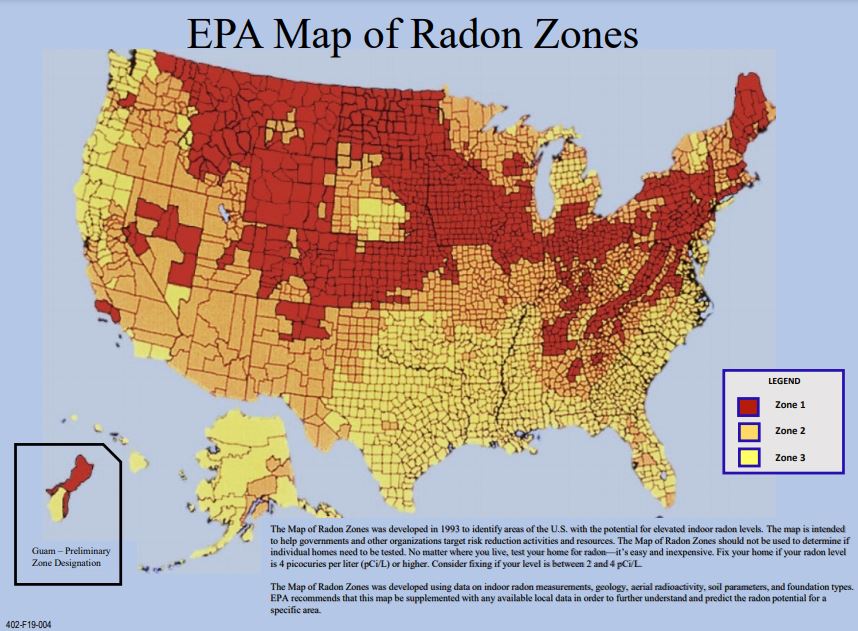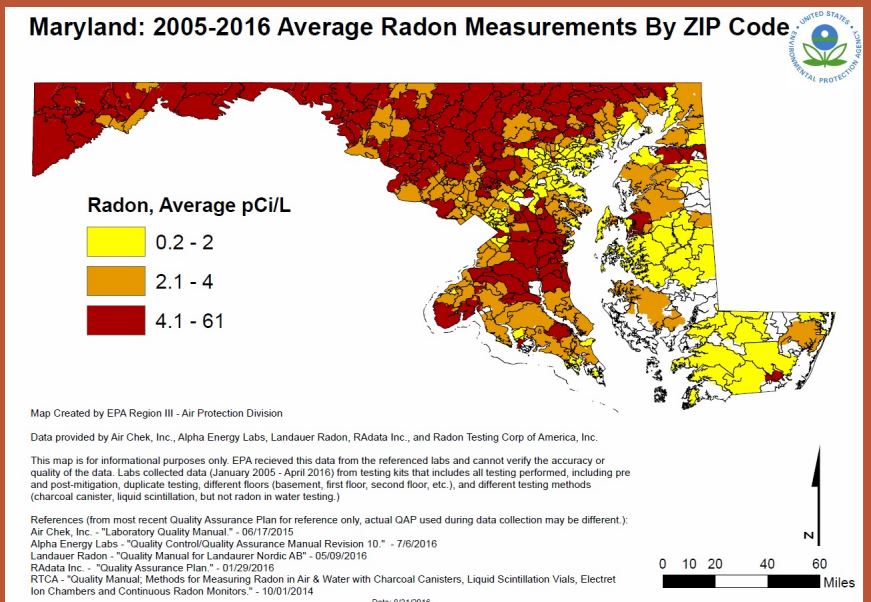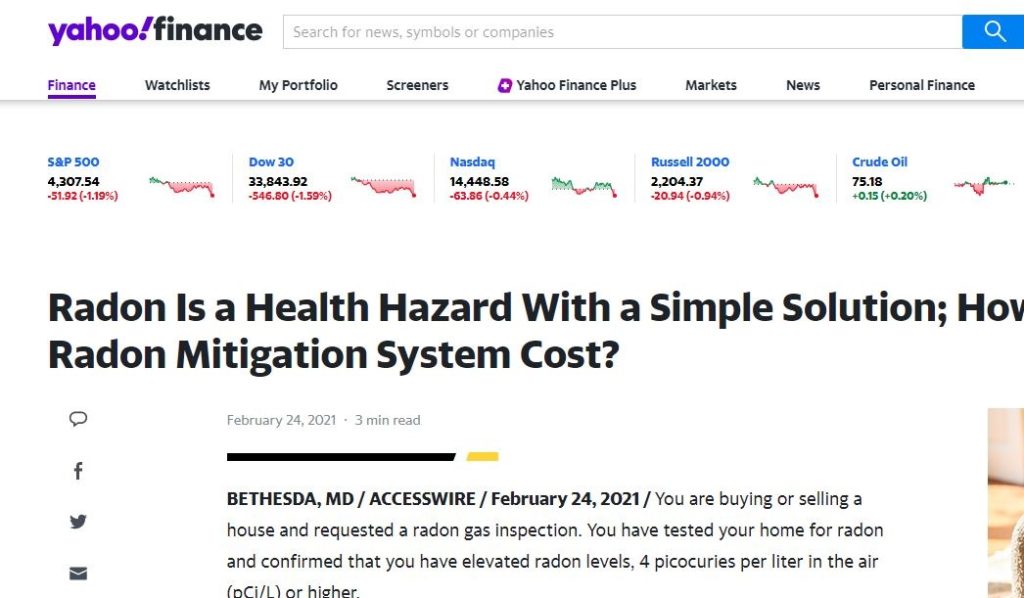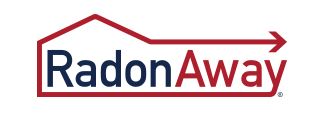Commercial Radon Testing

Radon Measurements in Public Buildings: Workplaces, Schools, Day Cares, Hospitals, Care Facilities, Correctional Centers
Public buildings differ from houses in that the occupants are not usually directly involved in the measurement process. The choice of the measurement device location is constrained by the need for security so that the devices are not easily disturbed or readily accessible to curious occupants.
As well, public buildings usually contain many rooms. A room is the space enclosed by walls that reach the ceiling. For the purposes of radon testing, a room subdivided by partitions can be treated as one room. To provide a representative radon concentration estimate for the building, measurements should be made in each occupied room in a basement or, if no basement exists, on the ground floor or the lowest floor having occupied rooms within the building. An “occupied room” is one in which an individual spends more than 4 hours per day.
Quality Control
In cases where more than 10 detectors are deployed in a building, care should be taken to ensure an appropriate number of quality control (QC) measurements are made as well. QC measurements generally include duplicates, blanks, and spikes.
Duplicate measurements allow the user to make an estimate of the relative precision or agreement between two measurements. Duplicate measurements should be made at the rate of 10% of the total number of measurement locations (e.g., if 10 detectors are deployed in a building, one duplicate measurement should also be made; if 20 detectors are deployed, two duplicate measurements should also be made, etc.).
Where NOT to Test
Bathrooms, kitchens and closets will not be tested. Storerooms and warehouse space that isn’t occupied by someone for a period greater than 4 hours a day will not be tested. Indoor parking level(s) within a building are also not to be tested.











